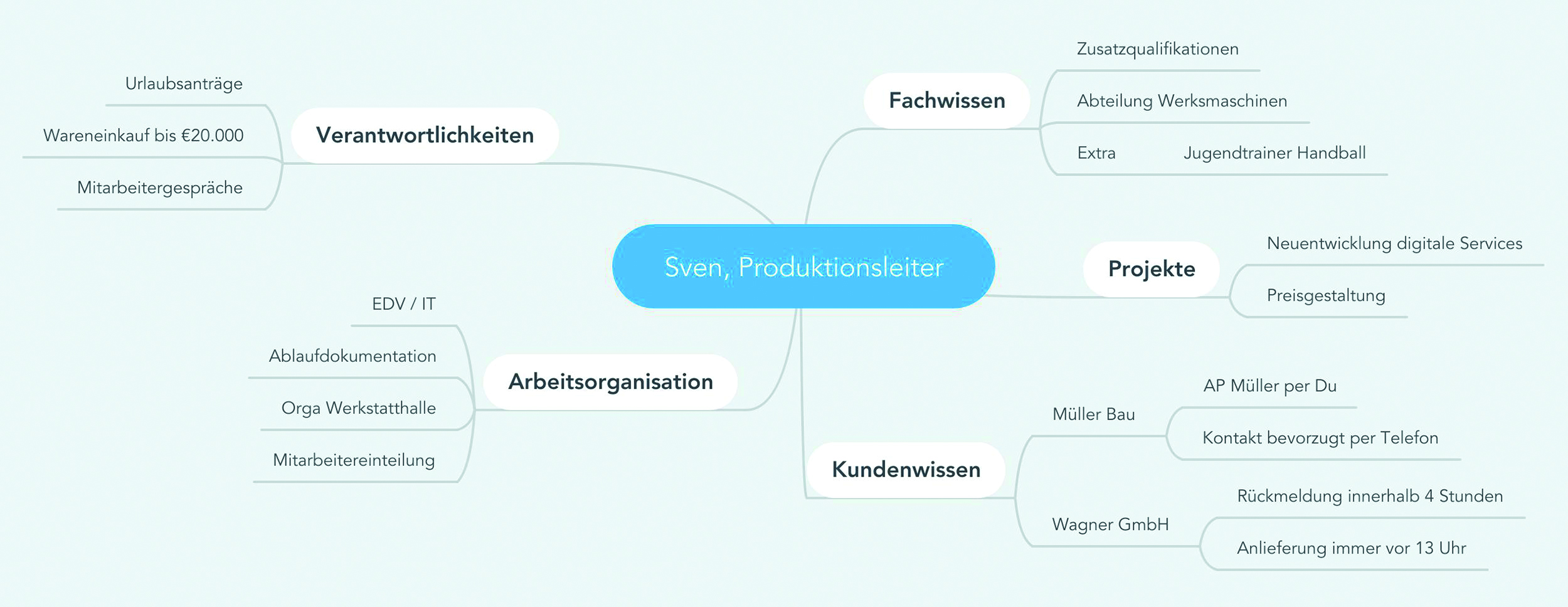Demographic values that make you think: Almost two thirds of the workforce in Germany is over 55 years old. The average age of the workforce is around 45 years – and the trend is rising. And the majority of skilled workers will retire in the next few years and decades.
The first major break will come as early as 2020, when the oldest representatives of the baby boomers will retire.
First, do your own company stress test: How many employees are over 55? And what expertise and experience do you lose when they retire sooner or later? And what happens if these employees leave more or less at the same time?
Sometimes the feeling creeps up on you that employee departure and change is like Christmas: Everyone knows it happens, and yet every time it comes as a complete surprise.
So here’s an exotic thought experiment: Stop seeing change as the exception and start seeing it as normal. Expect at least 10% of your employees to leave each year, and let this thought sink in for a few minutes before you read on.
Okay, ready? What happens when employee turnover is declared normal?
If it doesn’t happen then, you’re looking at a hole in the gut.
When it happens, you’re not surprised, you’re prepared.
And that’s the “secret to success”. Of course, there is still work to be done in managing this change. Finding new employees and familiarizing them with their new job is and remains a challenge. But you have an action plan that you can pull out of the drawer and work through in an emergency.
n most companies there are documented procedures, processes and checklists. Especially for the induction of new employees, plans are often already in place, in New German “onboarding”. But what about the elaboration? How is the knowledge that the departing employee takes with him/her?
Sometimes employees are not even aware of their individual knowledge. And if they have to document their wealth of knowledge six months before leaving, they don’t know where to start.
This is where the structured knowledge map comes into play.
Categorize the different knowledge areas of your company, for example: expertise, customer knowledge, organizational knowledge, network knowledge, digital knowledge. In the form of a mind map you can expand and deepen these categories by subitems. You can then use this mind map to hold a knowledge discussion with your existing employees and to question the individual points, which knowledge modules and special features are there that only the employee or a few have mastered. And so you can document these points bit by bit.
y the way, such a knowledge map is not only a helpful tool for making individual knowledge available to the whole company in case of an upcoming change of employees. The earlier you start with it, the easier it is to transfer knowledge.
So don’t just sit back and watch as the valuable knowledge of your long-time employees retires or moves on to the next company. It is better to invest time and money now to preserve these intangible assets instead of having to rebuild them later at considerable additional expense.







